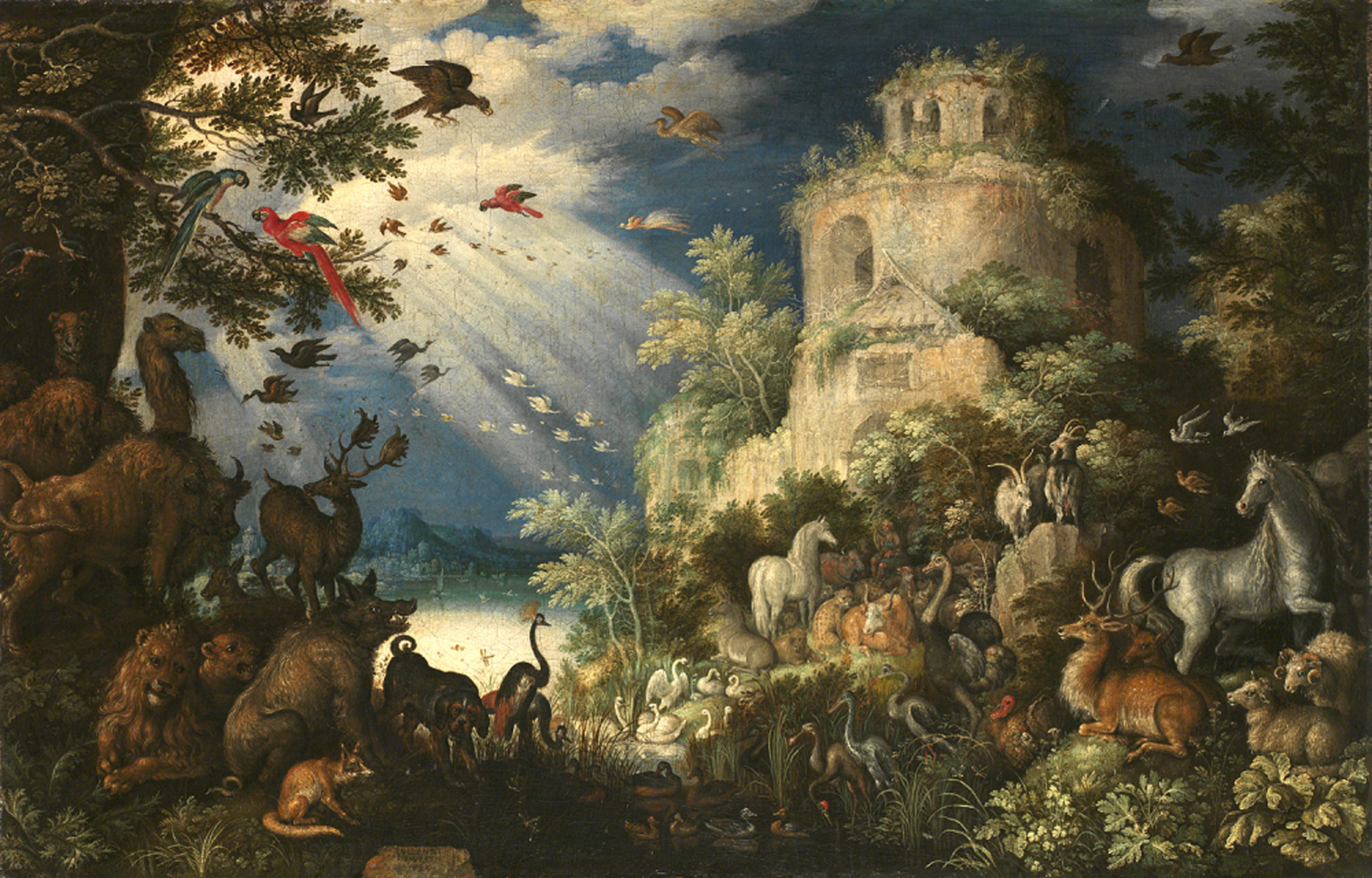The strides in Western culture that took place around the 16th century are all too often associated with the Italian Renaissance, but other centers of learning in Europe deserve equal attention. Of note is Prague, where Rudolf II, the Holy Roman Emperor from the House of Habsburg, supported developments in art, and sponsored research into the sciences, including mathematics, astronomy and alchemy. As a collector, Rudolf (1552-1612) amassed a wide range of artifacts from all these fields.
Now, some of these objects can be seen at The Bunkamura Museum of Art in an investigation of Rudolf's legacy and passions. "The Empire of Imagination and Science of Rudolf II" assembles nearly 150 items, including paintings, prints and various rare objects, ranging from astrolabes to ostrich eggs, selected from Rudolf's cabinet of curiosities, the largest such collection in Europe of his time.
The Habsburgs evolved from an 11th-century royal house in Switzerland to become one of the strongest political forces in Europe, ruling over numerous territories across the continent, often shifting their base and spawning many European kings and queens. By the 16th century, the Habsburgs had two power bases: Austria, where Rudolf II was born, and Spain, where he was brought up.



















With your current subscription plan you can comment on stories. However, before writing your first comment, please create a display name in the Profile section of your subscriber account page.